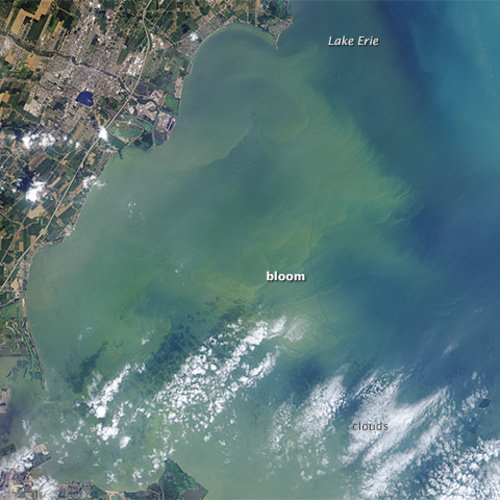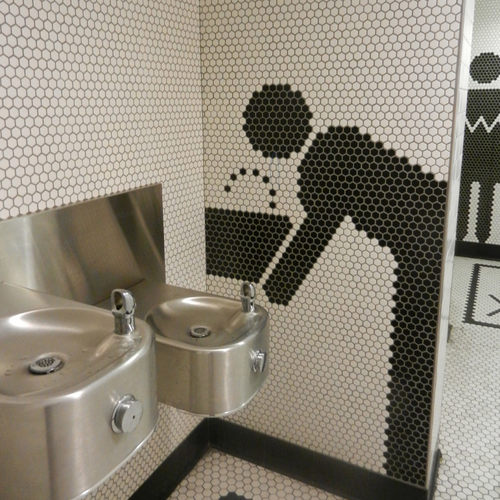
Schools in 35 states are not required to test their drinking water for lead, research by The Center for Green Schools has found.
In the remaining 15 states and the District of Columbia, testing may be encouraged rather than required, and not all states require that parents be notified of the results, U.S. Green Building Council (USGBC) said.
The report, “Perspectives on State Legislation Concerning Lead Testing in School Drinking Water,” said that federal laws do not offer any protection to students from possible exposure to lead in water available at school. State laws that address the issue are very recent, the USGBC said in a release, with the earliest law enacted in Ohio just two years ago.
Lead is a dangerous neurotoxin that can hinder brain development in children. Federal law requires that regulated water systems test both the supply and representative outlets for contaminants, but it does not require local authorities to test water in the schools.
The Center for Green Schools, part of the USGBC organization, said the U.S. Environmental Protection Agency has issued guidance for reducing lead exposure in schools, but makes it voluntary.
“The result of the existing federal regulatory framework is that without state action — whether administrative or legislative — many school outlets will not be tested for lead,” the report says. “Without identifying and addressing elevated levels that may be present in schools, any exposure of students and staff to lead will continue unabated.”
The report notes that a 2006 recommendation from the EPA suggested that remediation begin when lead is found in concentrations of 20 parts per billion (ppb). But a rewrite of the “3Ts for Reducing Lead in Drinking Water” announced last month has no specific remediation trigger. Instead, schools were directed to consult with local and state authorities and emphasized that there is no safe level of lead for children, according to the report.
A survey by the U.S. Government Accountability Office this year said that 43% of school districts had tested water for lead. Forty-one percent had not tested, and the remaining 16% didn’t know one way or the other.
The Center said that the 16 testing laws it reviewed are a “promising start” and offer an opportunity to other states to find “even better, more efficient” ways of ensuring students are not exposed to lead.
Weekly Newsletter
Get building science and energy efficiency advice, plus special offers, in your inbox.















One Comment
I suggest that there are hundreds of harmful chemicals that are sometimes found in drinking water and aren't tested for. But lead is somewhat different in that it's likely to come from within the school itself - so perhaps it's valid to address it separately.
Log in or create an account to post a comment.
Sign up Log in